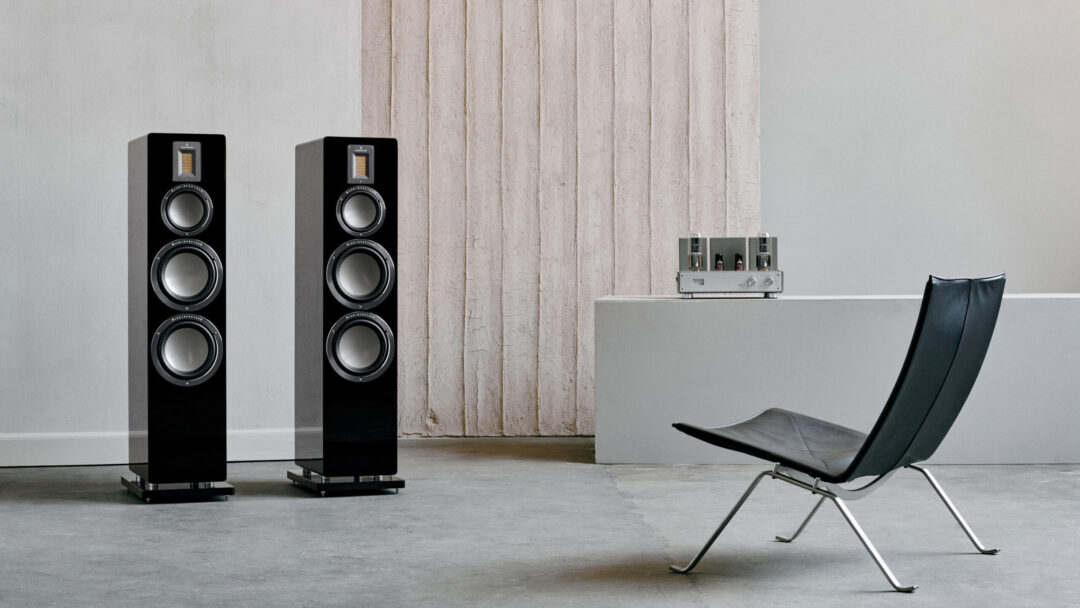The QR series is Danish Audiovector’s most affordable speaker family, and we saw the first models back in 2016. At the time, the 2.5-way QR3 was the only floorstanding model, and I was blown away by its light and free-flowing playing style, combined with a firmness that surpassed most. Both in the bass and in the midrange. They also worked surprisingly well placed close to the back wall, which is a big advantage for people who don’t want the speakers to stand and take up a lot of space on the floor.
Three years later, a new addition to the QR family was the larger three-way QR5. With two six-inch woofers to handle the bass register, and a separate driver for the midrange, the QR5 is even more dynamic and retains control at higher sound levels.
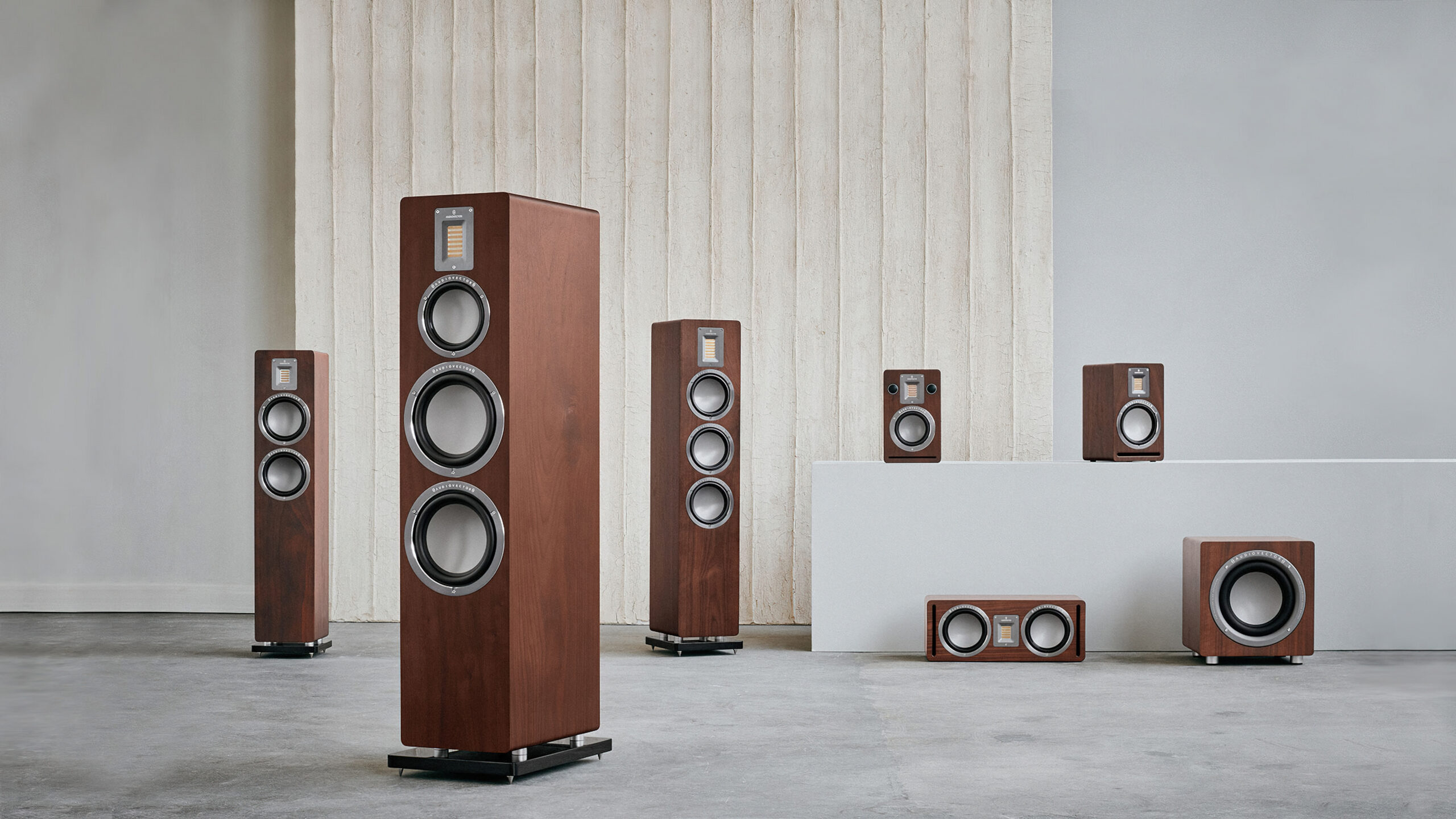
Even bigger three-way
Now the time has come for another top model, the QR7. Even bigger than the 5, with two hefty 8-inchers in the bass. Created to both fill large rooms with music, but also to create more thunder and life in a home cinema:
“Together with the fast QR Sub, the detailed QR Center and the easily placed QR Wall, we are proud to deliver a very strong and powerful home theater solution,” Audiovector says.
The QR7 has higher sensitivity than any other speaker in the range, and can deliver 90.5dB with just one watt in. There should therefore be no problem in connecting a low-power valve amplifier to them, although in my experience large floor-standing speakers are best driven by powerful transistor amplifiers.
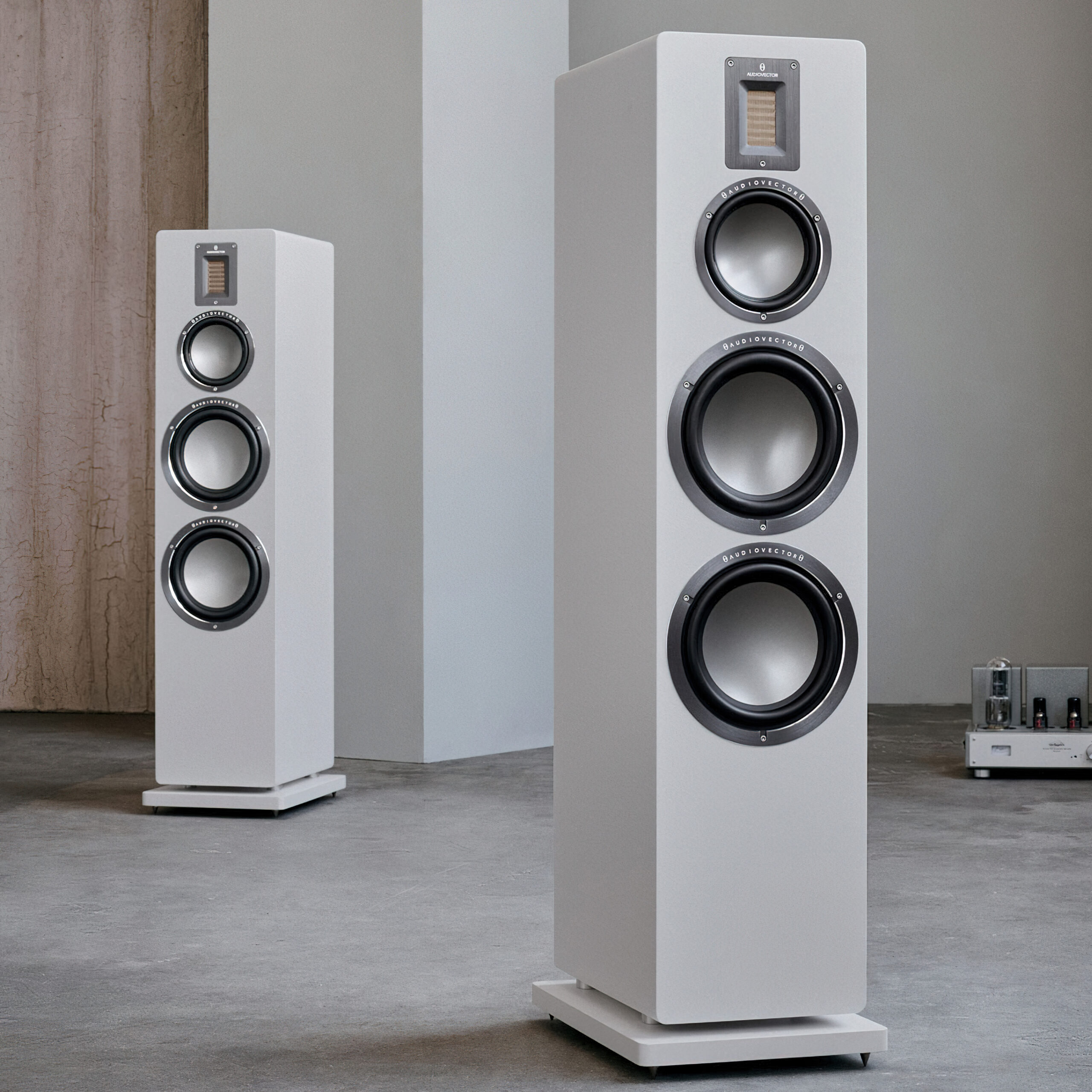
Three-way
Where with the more expensive R series you can buy a sensible version and upgrade it later with more expensive and better components, you’re locked in with the QR. No upgrade options here. That’s why it’s a good thing that both the QR3 and QR5 are really good speakers and set high expectations for what the larger QR7 can deliver. And while the QR series can’t be upgraded, it’s designed to fit into the R series sonically. Just at a more reasonable price.
Like all Audiovector speakers, the QR series is designed and built in Denmark. The components are less expensive than the R-series, and the cabinets don’t have quite the same finish. But they have nice, rounded edges, the speakers look really good in the room, and there’s nothing that looks half-done.
Our test sample is in dark walnut, which I really like, even if they don’t give a distinct impression of high-end. There are speakers with a more accomplished exterior, including the Bowers & Wilkins 702 S2 Signature and Audiovector’s own R3 Signature. The latter is the most affordable model in the R3 range, and interestingly costs exactly the same as the QR7. But where the R3 uses more expensive materials, it’s smaller in size, and also a 2.5-way affair with dome tweeter.
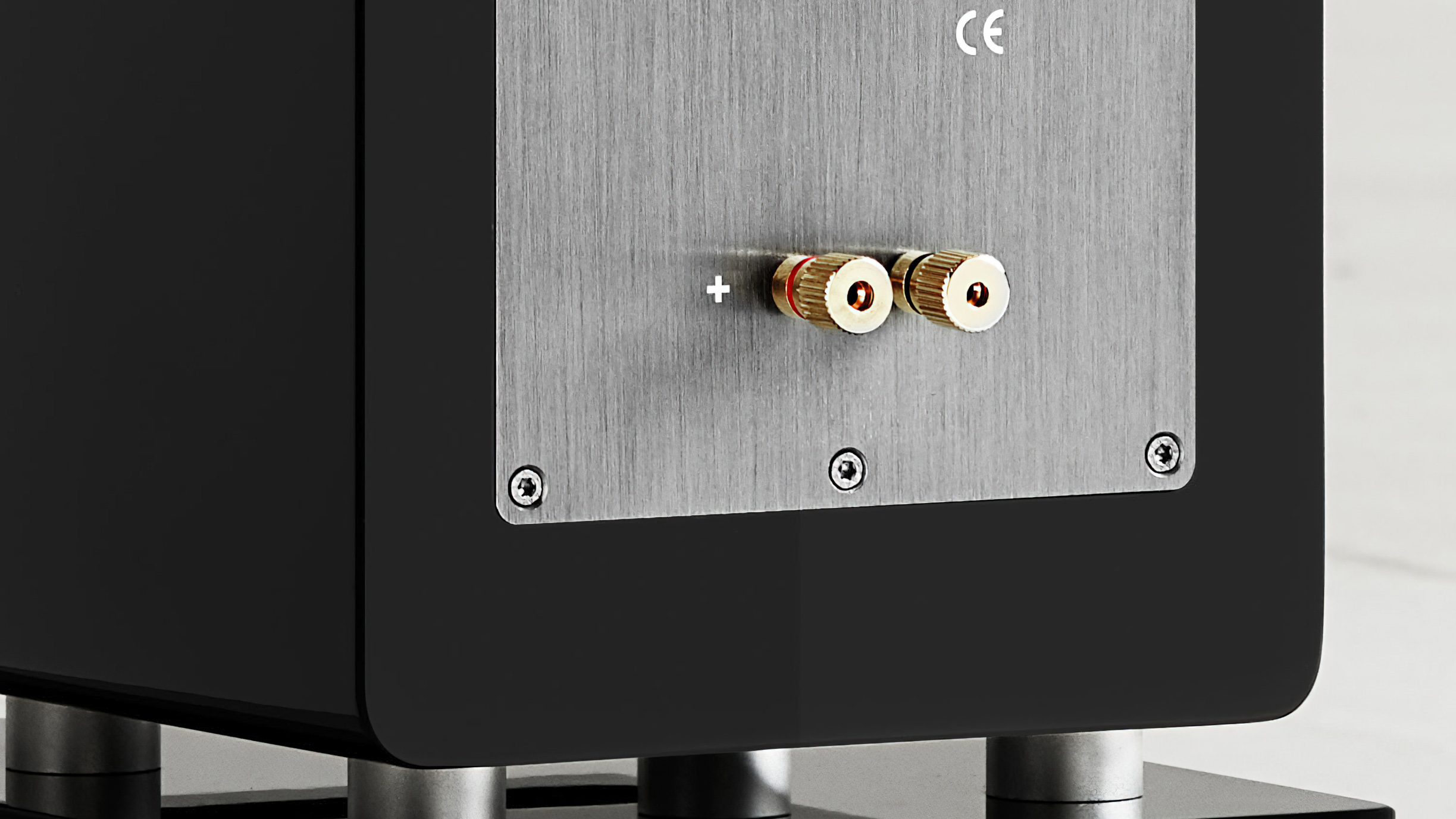
Special tweeter
The QR7, on the other hand, uses a so-called Air Motion Transformer, which is a kind of accordion-folded ribbon tweeter. The material chosen is aerospace aluminium.
The tweeter diaphragm on the QR7 is the same as on the QR5, which has a larger surface area than its little brother, the QR3. With the QR5 we experienced both higher efficiency and dynamic tolerance, and there’s no reason why it should be any different here.
A rose-gold-coated mesh is mounted in front of the tweeter; its purpose is to control the dispersion of overtones and attenuate hard sibilants and other sibilants. Hence the name S-stop.
The tweeter has been fitted with a neodymium magnet, while the other speaker units are driven by ferrite-ceramic magnets. A double chamber is designed to provide low-compression treble.
Beautiful grandeur
Paired with the Roon Ready Hegel H590 amplifier and the Macbook Pro sound source, Imelda May’s voice stands as the most beautiful pillar in the room in the song 11 Past the Hour. Which brings to mind a Quentin Tarantino film as much as a modern cabaret tragedy. Either way, it’s a very catchy song, where the clean electric guitar goes hand in hand with strings and gentle percussion. After which it gradually gets stronger, finally breaking out into a delicious and heartbreaking guitar solo.
All the while with a melancholic undertone that calls out the emotions. Exactly how proper hi-fi should sound, with excellent control of the contrasts in the soundscape, which has full width and with the instruments precisely placed on an invisible canvas.
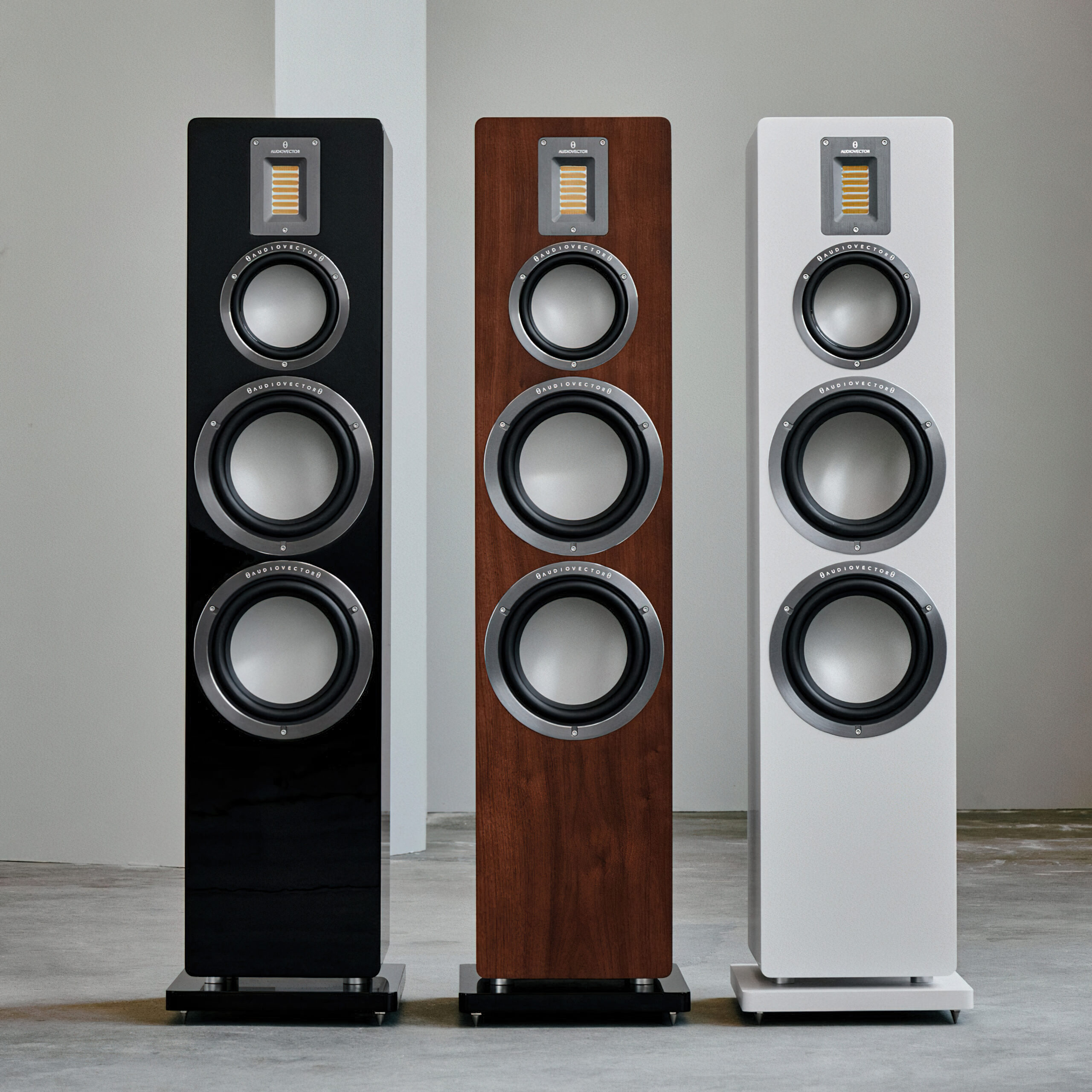
Minimalistic Swan Lake
Violinist Esther Abriami’s skinless, mellow interpretation of Swan Lake, accompanied by Iyad Sughayer on mournful piano, instantly touches the heart.
The piano sound is diversity itself, the keys ringing out with an overtone structure as compelling as that of the black swan Odile, where she tricks the prince into choosing her over the Swan Queen, who is thus doomed to die. Which in turn causes the prince to drown himself in the sea. Because you didn’t think they’d live happily ever after, did you?
The violin has been given the melancholy lead role, with the strings dancing like a thousand trembling souls in the wind over a grey graveyard. The loudspeakers slip into the background of the sound picture’s complex calculation and master the art of reproducing greatness in miniature. The valleys between the peaks. The silence between the notes.
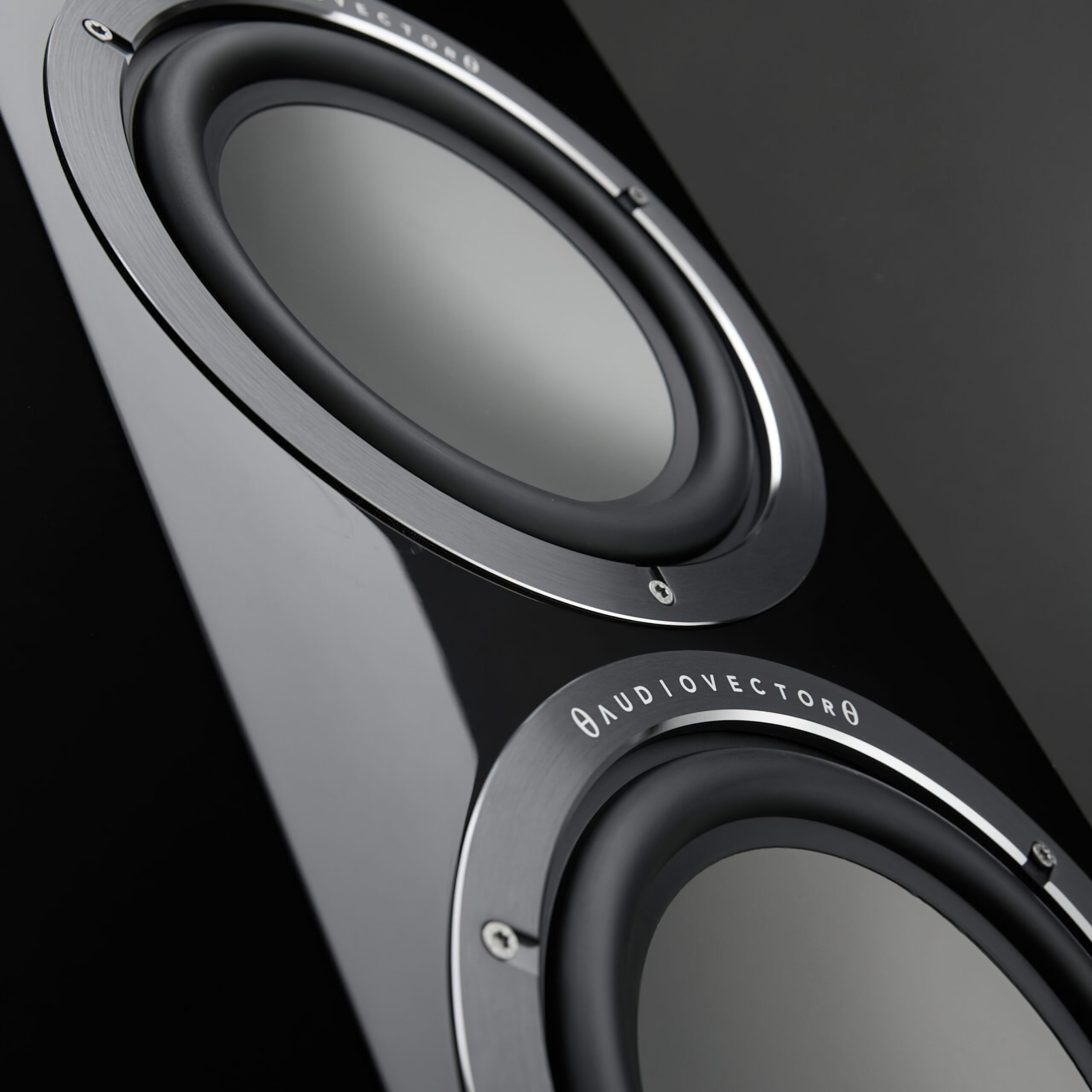
Hard-hitting party music
But don’t think QR7 is too posh to play dance music. Put on some electronic party music, like BOOM by Tiësto, and you’ll forget all about black and white swans and suddenly find yourself with a beer in your hand, a tie around your forehead and your legs flailing in the air.
The drum beats are hard and constant, there is also a lot of air between the notes and the instruments – there is something special about hearing electronic dance music (EDM) with as much air and complexity as here. There’s more focus in the harmonics here than with the B&W 702 S2 Signature, and the Audiovector R3 Signature is also less crisp at the top. However, the smaller R3 Signature has a better coherence between treble and midrange, making it a more homogeneous speaker. But it can’t play as grand and physical as the QR7.
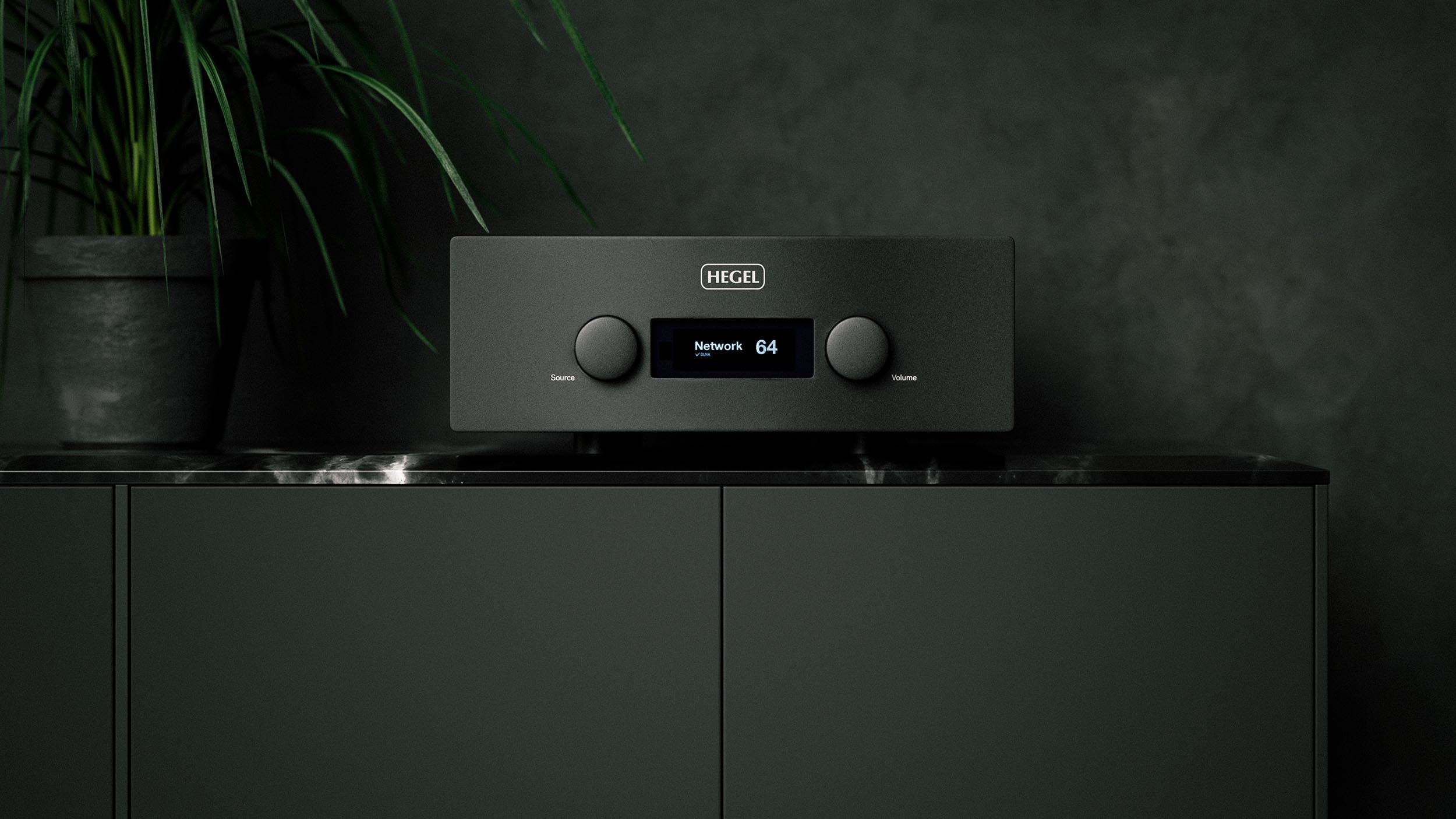
The midbass has good energy, but if ‘full power’ and concert level are what you need most in this world, you’ll probably go further with the Klipsch Heresy IV and also the JBL Synthesis HDI 3800. These two, however, have nowhere near the credibility of the QR7 when it comes to placing complex instruments in a three-dimensional space.
I have to admit that I would actually like a little more punch in the bass drum. And when the H590 is unplugged in favour of the much more expensive McIntosh MA9500, things happen. It’s not really any more powerful than the Hegel, but it has a warmer and fuller bass response that suits the QR7 well.
Work It by rapper Missy Elliott gets extra punch in the bass, somewhat at the expense of the Hegel’s quickness, but here I get much of what I miss with the speakers. Namely, the mid-bass energy. They come roaring through, and it’s more fun to play loud. In other words, there’s room to experiment and you can steer the speakers in the direction you want. And that’s a good thing!
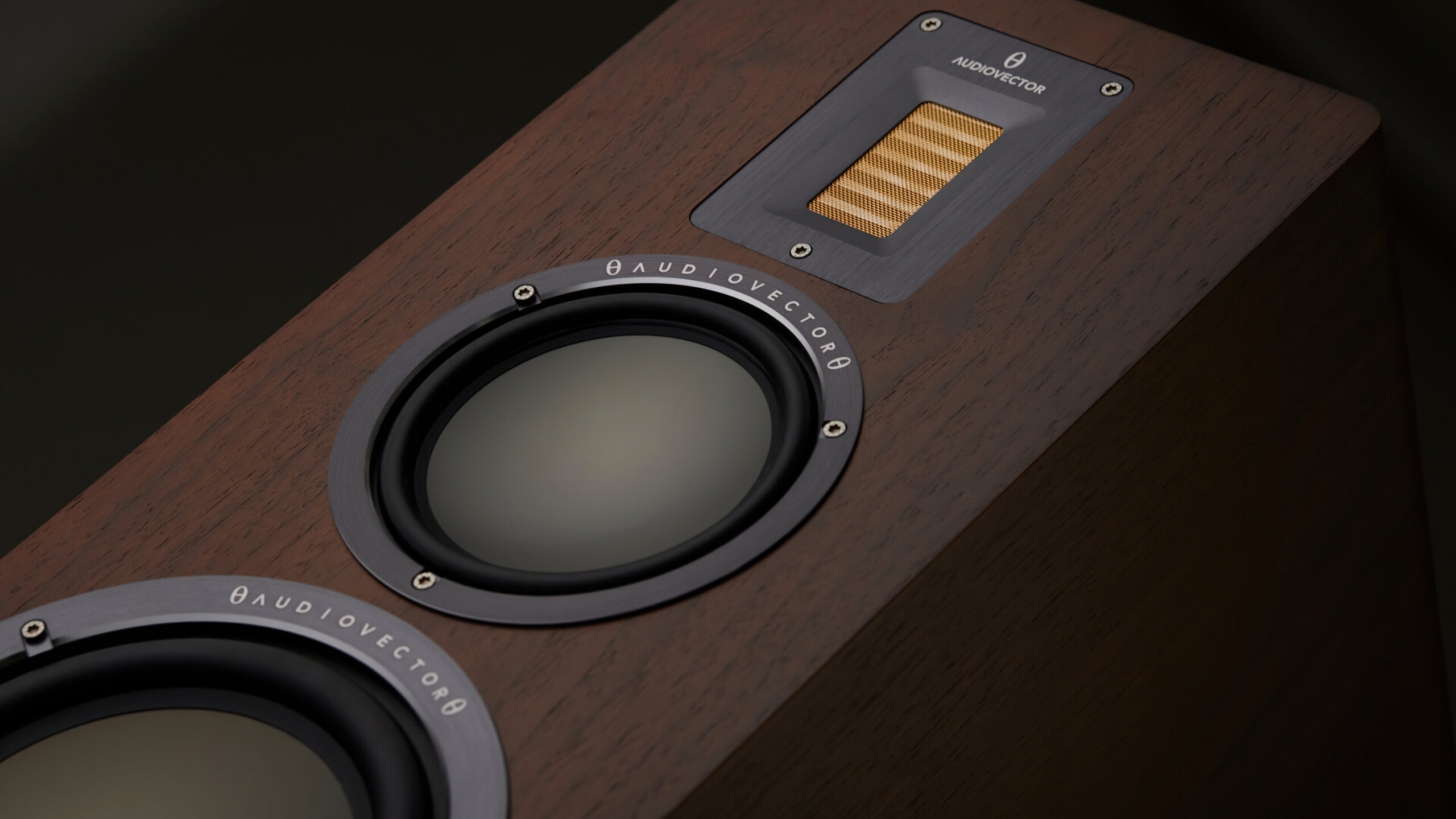
Conclusion
The Audiovector QR7 is an impressive piece of work by Danish Audiovector. Here you can have a fully grown speaker that sounds as accurate as a small one, without unwanted resonances. But with the energy of large floorstanding speakers.
The sound is exceptionally well resolved and distinct, with all the air you could dream of. At the same time, the soundstage is rock solid with deep bass tones.
I’ve heard speakers with more heaviness and punch in the mid-bass, but usually not with the same resolution and air as here. If you lack energy in the bass drum, a lot can be done with a fat amp. If you have these speakers in your setup, you have every reason to be proud.

We think
Exceptionally airy treble and a transparent soundstage that makes the instruments shine. Dynamics are excellent. We could wish for more thunderous bass, especially from such large cabinets.
5700 €
Specifications
- Type: Three-way bass reflex
- Woofer: 2 x 20 cm (8″) Pure Piston
- Midrange: 15 cm (6″) Pure Piston
- Tweeter: 6.5 cm (2.5″) Gold Leaf AMT 2 (with S-stop)
- Sensitivity: 90.5 dB (1 W/1 m)
- Impedance: 6 Ohm (min. 2.8 Ohm)
- Frequency range: 28 – 52,000 Hz
- Crossover frequency: 425 Hz, 3 kHz
- Max. load: 300 W
- Recommended amplifier power: –
- Dimensions/weight: 114 cm (H) x 25 cm (W) x 40 cm (D) / 36.2 kg
- Colours: Black high gloss, silk white (matt) or dark walnut
- Web: audiovector.com
